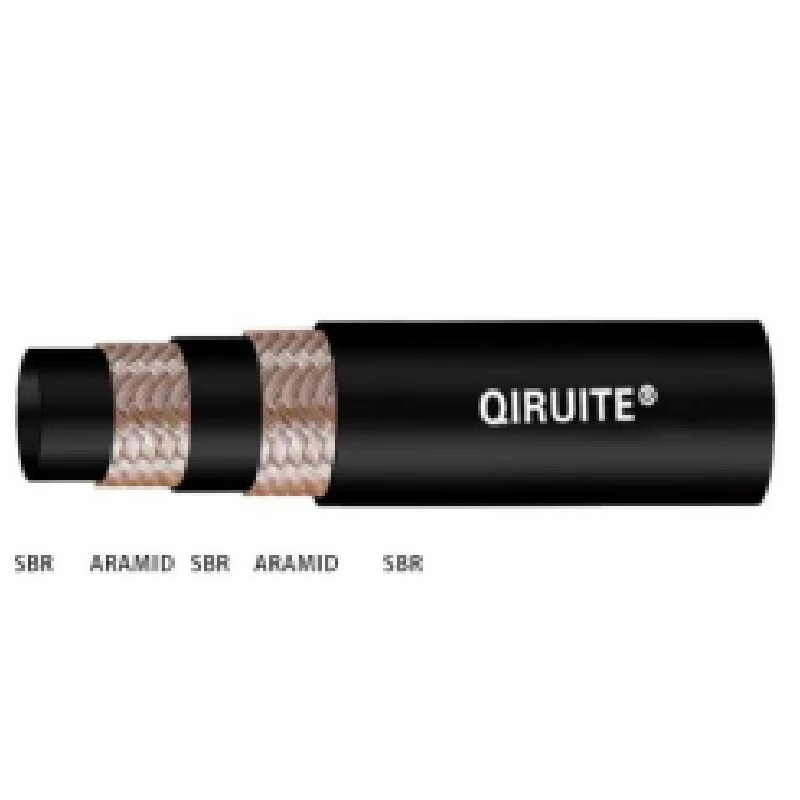different types of pipe couplings
Different Types of Pipe Couplings A Comprehensive Overview
Pipe couplings are essential components in various plumbing, construction, and industrial applications, serving as connectors that join two or more sections of piping. The choice of the right coupling type is critical for ensuring the integrity, efficiency, and safety of plumbing systems. This article explores the different types of pipe couplings, their benefits, applications, and considerations for selection.
1. Rigid Couplings
Rigid couplings are designed to connect pipes in a fixed position, preventing any movement between the joined pipes. These couplings bear the load of the piping system and are typically made from materials such as steel, brass, or PVC. Rigid couplings offer a permanent connection, making them suitable for applications where movement is not expected, such as in water supply systems and industrial piping.
Advantages - Provides a sturdy and leak-resistant connection. - Suitable for high-pressure applications. - Relatively easy to install.
2. Flexible Couplings
Flexible couplings are designed to accommodate slight misalignments and thermal expansions in piping systems. They are often made from rubber, elastomers, or specialized metals that allow for some degree of flexibility. These couplings are invaluable in installations where movement or vibrations are expected, such as in HVAC and exhaust systems.
Advantages - Compensates for misalignment and vibration. - Reduces stress on pipe joints. - Ideal for dynamic applications.
3. Slip-on Couplings
Slip-on couplings are straightforward and versatile. These couplings slide over the ends of the pipes and are secured in place using bolts or welding. They are particularly useful in repair work, allowing for quick and easy connections without the need for special tools.
Advantages - Easy to install and remove. - Requires minimal tools. - Effective for temporary connections.
4. Compression Couplings
Compression couplings feature a mechanism that compresses a rubber gasket against the pipe ends to create a seal. This type of coupling is often used in gas and water lines and is advantageous for connecting pipes of different materials or sizes.
different types of pipe couplings

Advantages - Creates a strong seal without soldering. - Suitable for both metal and plastic pipes. - Allows for easy installation and disassembly.
5. Welded Couplings
Welded couplings involve fusing the ends of the pipes together through a welding process. This creates a permanent and strong joint typically used in high-pressure and high-temperature applications, such as in oil and gas pipelines.
Advantages - Provides a lasting and robust connection. - Suitable for extreme conditions. - High resistance to leaks.
6. Flanged Couplings
Flanged couplings incorporate a flat rim or lip that allows two pipes to be bolted together. These couplings are widely used in large diameter piping systems where easy disassembly is required, such as in water treatment plants and oil refineries.
Advantages - Facilitates easy inspection and maintenance. - Can accommodate high pressure and temperature. - Versatile for different pipe materials.
7. Victaulic Couplings
Victaulic couplings, also known as groove couplings, utilize a unique design where the pipes have grooves that engage with each other. This type allows for quick assembly and disassembly without special tools, making it ideal for modular piping systems.
Advantages - Fast installation and removal. - Reduces the need for additional fittings. - Can absorb some movement and vibration.
Conclusion
When selecting a pipe coupling, it is essential to consider factors such as the type of fluid being transported, the operating pressure, temperature conditions, and the potential for thermal expansion or movement. Each coupling type has its unique advantages and applications, making it crucial for engineers and planners to choose the right type for their specific needs. Proper selection and installation of pipe couplings are integral to maintaining the operational efficiency, safety, and longevity of piping systems. By understanding the various available options, professionals can ensure reliable and effective connections in their plumbing and industrial applications.
-
Ultimate Spiral Protection for Hoses & CablesNewsJun.26,2025
-
The Ultimate Quick-Connect Solutions for Every NeedNewsJun.26,2025
-
SAE J1401 Brake Hose: Reliable Choice for Safe BrakingNewsJun.26,2025
-
Reliable J2064 A/C Hoses for Real-World Cooling NeedsNewsJun.26,2025
-
Heavy-Duty Sewer Jetting Hoses Built to LastNewsJun.26,2025
-
Fix Power Steering Tube Leaks Fast – Durable & Affordable SolutionNewsJun.26,2025

